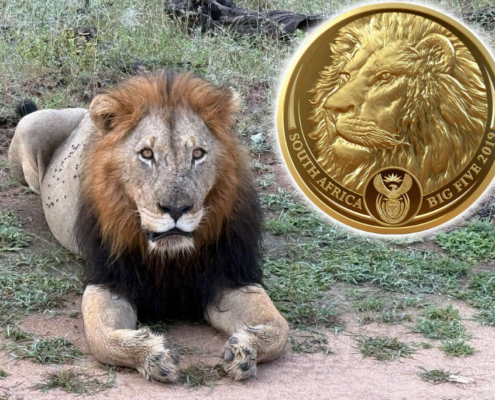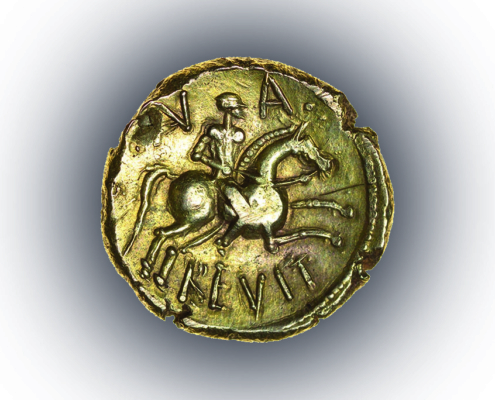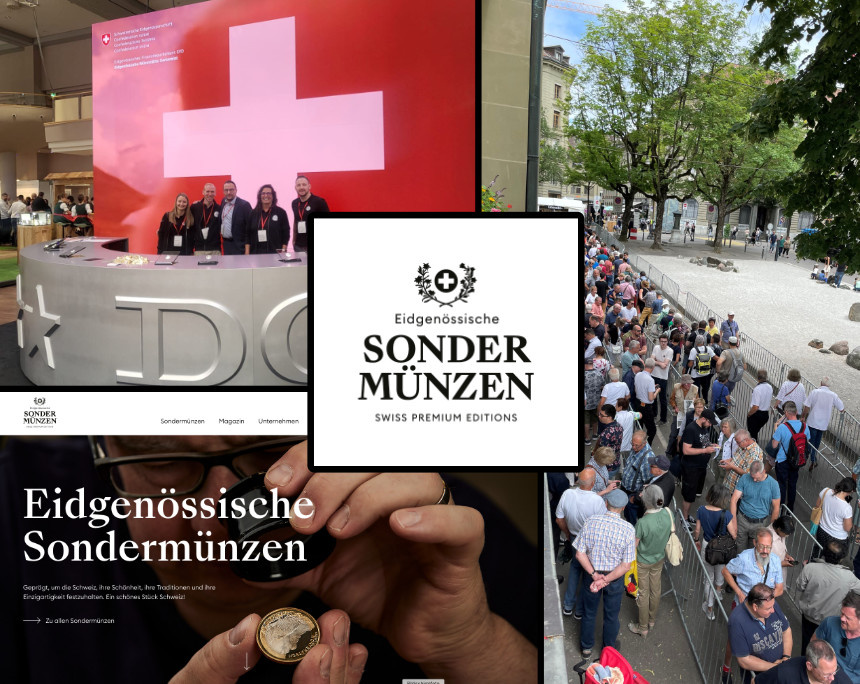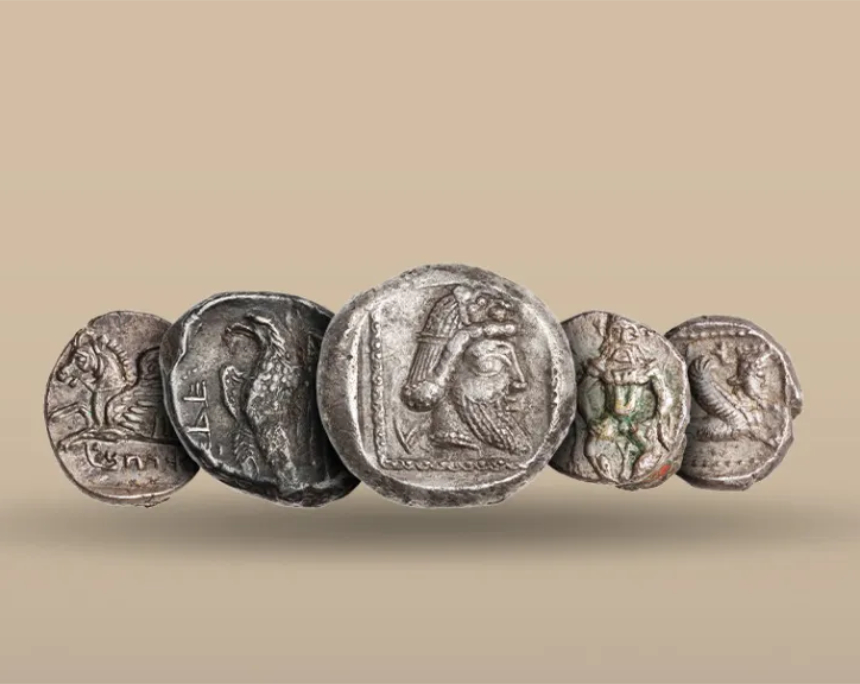1/2 Reichstaler 1621,
under Wilhelm V of Hesse-Kassel as administrator.
Condition: ef+


city of Besançon,
3 Pistols 1666 with title Charles V.
Condition: CH UNC

Bavaria, Chaise d'or (imperial shield)
1328-1347 under Emperor Louis IV.
Condition: ef

Reichstaler 1654-1668
under Count Guidobald von Thun.
Condition: vf-ef

Solidus (491-518)
under Anastasius the righteous.
Condition: vf-ef

Archive: People and Markets
Swissmint as Guest of Honour at the World Money Fair
Modern coins for a modern Switzerland – that is the mission of Swissmint. As the guest of honour at the 2025 World Money Fair, Swissmint has many attractions in store for collectors and visitors. Read on to find out more.
Levantine Coins Online (LCO) Now Live
A new digital database is now available online: “Levantine Coins Online” catalogs Achaemenid and Hellenistic period coin typologies from the southern Levant. The database will be continuously expanded with new areas and collections.
Archive: Coins, Medals and more

In Search of the Big Five
The Big Five – they are the stars on South Africa's commemorative coins. We visit the elephant, lion, rhino, buffalo, and leopard in their most famous reserve, the Kruger National Park. Let's see how many of the iconic five we can capture (with the camera).

Was Anarevito a Slave Trader?
Until recently, the name Anarevito was completely unknown. It first appeared in 2010 on a coin struck shortly after the birth of Christ. Now the name has surfaced on another coin, which is for sale. Chris Rudd discusses this ruler, his coins, and his connection to the slave trade.















Peter Ilisch (1947–2023)
Peter Ilisch passed away on 29 May 2023. The former curator in Münster specialised in medieval and early modern Westphalia. As an obituary, we publish the speech of Stefan Kötz, who paid tribute to his predecessor in office at the funeral service.
The Eggenberg Family and the Power of Money
In a new exhibition of the Coin Cabinet at Eggenberg Palace (Graz, Austria) the rise, splendour and decline of the Eggenberg dynasty are presented using their coins. In addition, examples of the diversity of coinage in the Holy Roman Empire in the 17th century are presented.